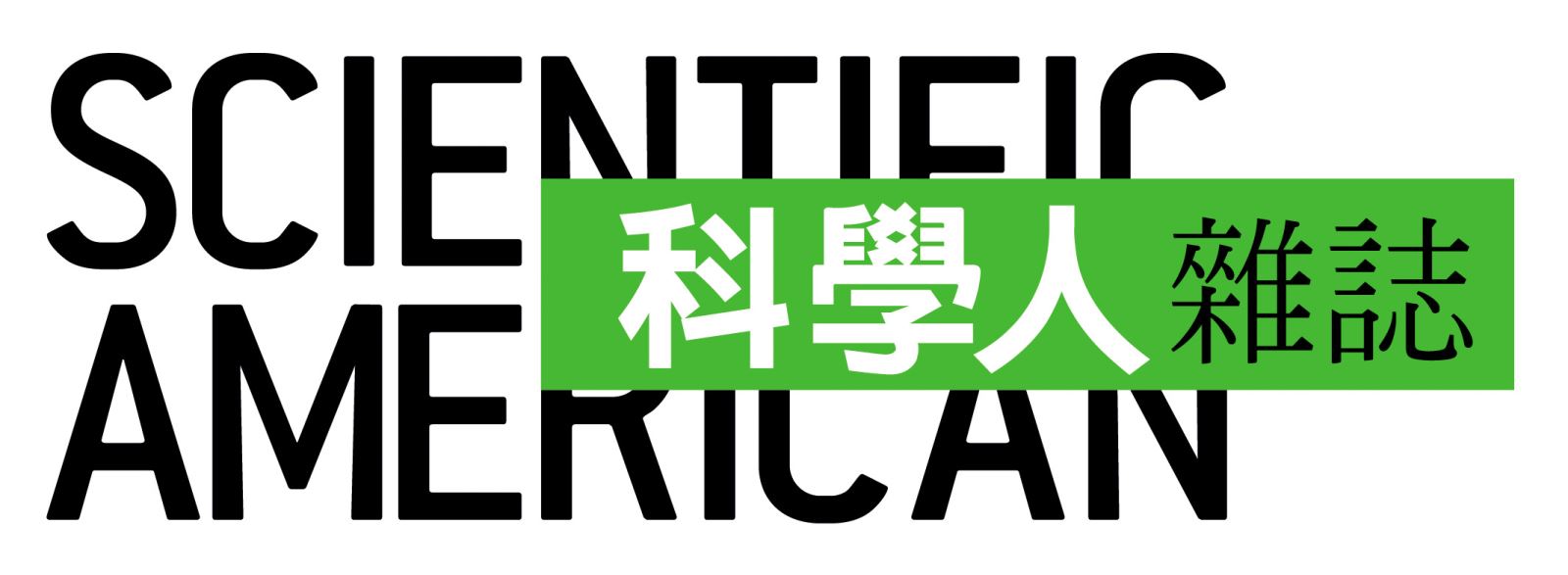Team:NYMU-Taipei/project/4c2
From 2014.igem.org
- The indicator circuit can act as an alarm clock, sending out banana odor when cavities are going to happen in our oral environment.
- Aside from testing the circuit in E.coli, our ultimate plan is to use a special chassis, Streptococcus sobrinus, to express our circuit.
- Because Streptococcus sobrinus is a commonly seen bacteria in human oral, we don’t need to worry much about the risk that it would trigger human immune system or damage human body.
purpose
background
design
Functional Measurement
result
Purpose
Background
Chassis
For this circuit, we use a special chassis to load and express our wanting genes, which is Streptococcus sobrinus, it is an anaerobic, spherical shaped, Gram positive bacteria. The reason why Streptococcus sobrinus can serve as a good indicator is that the group scale of Streptococcus sobrinus would change dramatically when tooth decay is about to happen. Therefore, when there are lots of modified Streptococcus sobrinus in our oral environment, they will release strong banana odor to alert people to see the dentist.
Design
BBa_J23100
It is a commonly used constitutive promoter of iGEM part registry.
BBa_B0030
It is a commonly used ribosome binding site of iGEM part registry.
BBa_J4500
It is first used by 2006 MIT iGEM team, and originated from Saccharomyces cerevisiae S288c, BAT2 gene. The function of this part is to produce enzyme to get involved in the first step in the aging reaction of L-leucine to isoamyl alcohol. We got this part from the 2007 iGEM kit.
BBa_J45009
It is first used by 2006 MIT iGEM team, and originated from Saccharomyces cerevisiae S288c, THI3 gene. The function of this part is to produce enzyme to get involved in the second step in the aging reaction from L-leucine to isoamyl alcohol. Because this part is not released, we cultured Saccharomyces cerevisiae S288c and extract the DNA of it.
BBa_J45014
It is first used by 2006 MIT iGEM team, and originated from Saccharomyces cerevisiae S288c, ATF1 gene. The function of this part is to produce enzyme to get involved in the esterification reaction from isoamyl alcohol to isoamyl acetate, which brings out the banana flavor. We got this part from the 2014 iGEM kit.
BBa_B0015
A double terminator composed of B0010 and B0012. It has used by many iGEM teams, and have strong terminating force.
Functional Measurement
For testing whether the circuit would work:
- Culture modified Escheria coli in sealed agar plates overnight.
- Use syringe to extract the gas generated by Escheria coli.
- Use gas chromatography to analyze the sample.
Result
Reference
- 2006 MIT iGEM team and iGEM part registry BBa_J45008 / BBa_J45009 / BBa_J45014
- NCBI Blast: TPA_inf: Saccharomyces cerevisiae S288c chromosome X, complete sequence
- NCBI Blast: TPA_inf: Saccharomyces cerevisiae S288c chromosome IV, complete sequence
- NCBI Blast: TPA_inf: Saccharomyces cerevisiae S288c chromosome XV, complete sequence
- (2012)"Beyond Streptococcus mutans: Dental Caries Onset Linked to Multiple Species by 16S rRNA Community Analysis"
 "
"




















